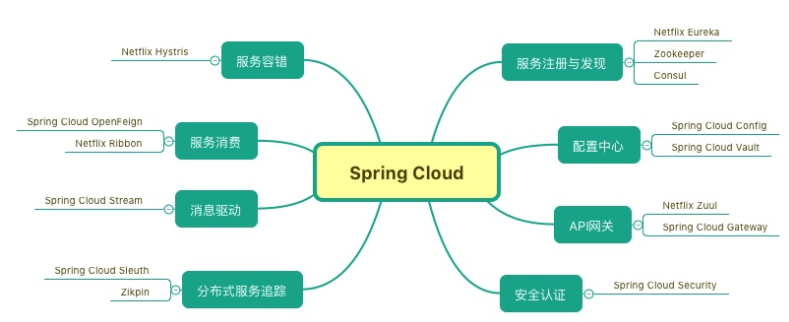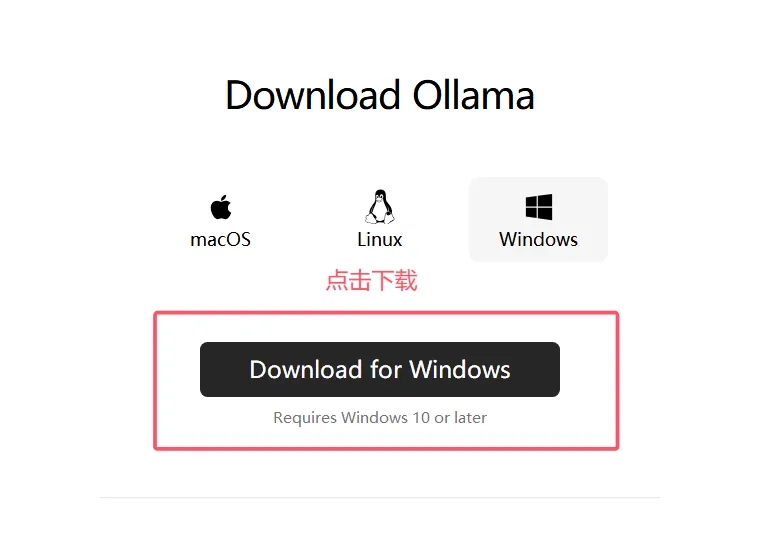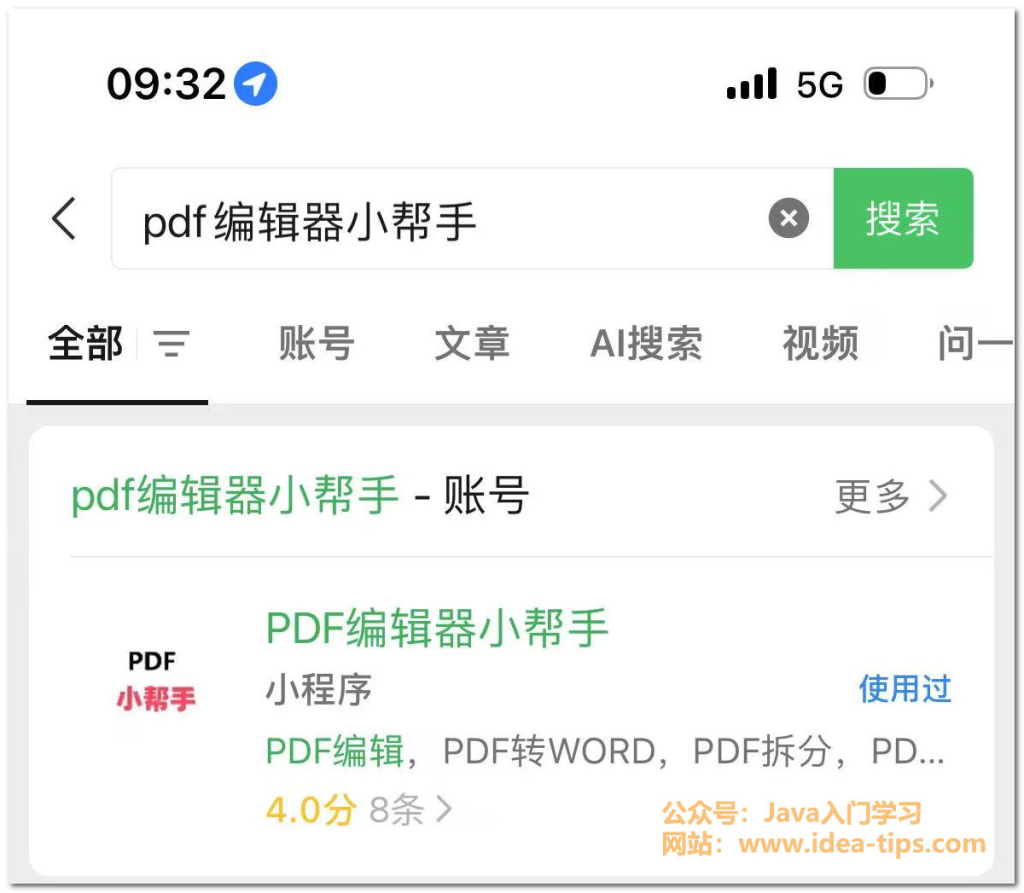在.NET Core中,使用Action和Options参数方式配置服务并将配置信息对象注册到IServiceCollection的好处在于,它提供了更高级别的可配置性和可扩展性。这种模式允许将配置信息与服务的实现分离,使配置更加模块化和可管理。通过将配置信息对象注册到IServiceCollection,可以轻松将其注入到需要的服务中,从而使配置信息对整个应用程序都可用。
以下是如何配置邮件发送服务并将配置信息对象注册到IServiceCollection的示例:
首先,让我们创建一个配置信息对象 EmailServiceOptions,用于定义邮件发送的配置选项:
using System;
public class EmailServiceOptions
{
public string SmtpServer { get; set; }
public int SmtpPort { get; set; }
public string SenderEmail { get; set; }
public string SenderPassword { get; set; }
}接下来,我们将创建一个邮件发送服务 EmailService,它使用 EmailServiceOptions 作为配置参数,并将其注册到 IServiceCollection:
using System;
using System.Net;
using System.Net.Mail;
public class EmailService
{
private readonly EmailServiceOptions _options;
public EmailService(EmailServiceOptions options)
{
_options = options;
}
public void SendEmail(string to, string subject, string message)
{
using (var client = new SmtpClient(_options.SmtpServer, _options.SmtpPort))
{
client.Credentials = new NetworkCredential(_options.SenderEmail, _options.SenderPassword);
client.EnableSsl = true;
var mail = new MailMessage(_options.SenderEmail, to, subject, message);
client.Send(mail);
}
Console.WriteLine($"已发送邮件给: {to}");
}
}现在,让我们创建一个.NET Core控制台应用程序来演示如何配置和使用 EmailService 服务,并将配置信息对象注册到 IServiceCollection:
using System;
using Microsoft.Extensions.DependencyInjection;
class Program
{
static void Main(string[] args)
{
// 创建依赖注入容器
var serviceProvider = new ServiceCollection()
.AddScoped<EmailService>() // 注册 EmailService 服务
.Configure<EmailServiceOptions>(options =>
{
options.SmtpServer = "smtp.example.com";
options.SmtpPort = 587;
options.SenderEmail = "sender@example.com";
options.SenderPassword = "mypassword";
})
.BuildServiceProvider();
// 获取EmailService服务
var emailService = serviceProvider.GetRequiredService<EmailService>();
// 发送邮件
emailService.SendEmail("recipient@example.com", "Test Email", "This is a test email message.");
Console.ReadLine();
}
}在这个示例中,我们首先创建了依赖注入容器,并使用 .AddScoped<EmailService>() 注册了 EmailService 服务。接下来,使用 .Configure<EmailServiceOptions> 配置了 EmailServiceOptions 的各个属性。
在 EmailService 中,构造函数接受 EmailServiceOptions 作为参数,这允许您在服务内部访问配置信息。
当您运行这个控制台应用程序时,它将根据配置的选项发送邮件,并输出发送结果。这个示例演示了如何使用Action和Options参数配置邮件发送服务,并将配置信息对象注册到IServiceCollection,以便在服务内部获取配置信息的值。这种模式提供了更高级别的可配置性和可扩展性,使配置信息与服务的实现分离。

如有侵犯您的版权,请及时联系3500663466#qq.com(#换@),我们将第一时间删除本站数据。



















暂无评论内容